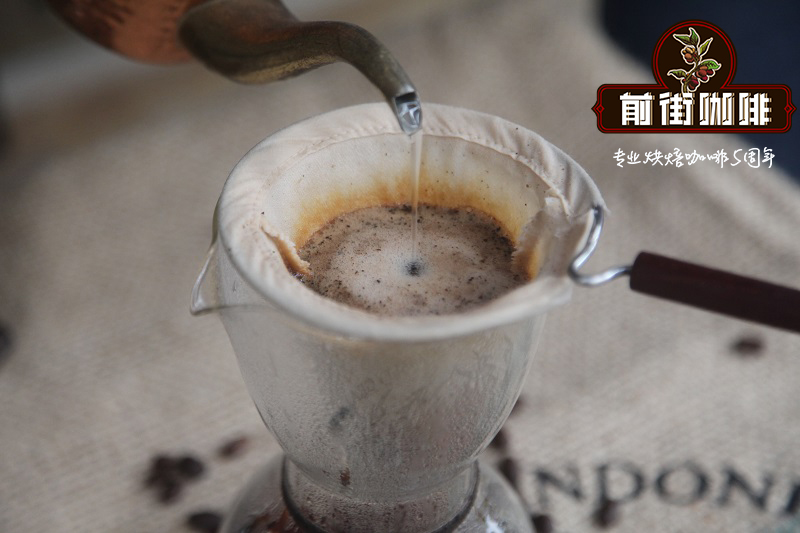How about Honduran water Kaddura? Introduction of Sanchez Farm in Opalaka production area

Country of origin: Honduras
Producing area: Opalaka
Farm: Finca Wilfredo Sanchez
Variety: Kaddura
Treatment: washing
Flavor: black tea, herbs, orange, brown sugar
Production area introduction
The Opalaca Mountains are distributed between the arid areas of Intibuca and Lempira. Due to extensive agroforestry management in Opalaca, sufficient humidity can be retained to successfully grow coffee in the area.
Coffee trees add bright color to the light hillside. Between 1400 and 1800 meters above sea level, there are many impressive peaks and hillsides, dotted with villages, including football fields, churches and several houses, usually surrounded by coffee farms.
Intibuca and Lempira are the most remote rural sectors in Honduras, famous for their strong male chauvinist culture. It is common to see a man riding a horse to take a cow to the field, while a woman is closer to home.
Most farms grow coffee neatly, mixing government-promoted Lempira and IHCAFE 90 varieties as well as Kaduai.
Wilfredo Sanchez is a member of COMICOVEL. He grows Kaddura coffee. His coffee was chosen as a miniature coffee because of its unique aromas of Assam tea, dried orange and vanilla.

Introduction to the manor
The COMICOVEL Cooperative (Cooperativa Mixta Cosecha Verde Limitada) in Intibuca, San Juan, is made up of small farmers who grow coffee organically, focusing on overall environmental sustainability. The cooperative is the product of the Blue Harvest Program of the Catholic Relief Service, which has improved agroforestry management on farms across Central America, led by Geovanny Martinez and advised by Carlos Carlos Guevara. To date, Blue Harvest has helped 1400 producers transform their farms into ecosystems that protect forests and their freshwater sources. All the producers in the project are organic farms.
COMICOVEL was set up to bring together farmers from the Blue Harvest project, who put their time and energy into improving the farm. The cooperative was founded in 2016 and exported its first batch of coffee in 2018. 2019 is the first year that COMICOVEL can be exported through Fairtrade and organic certification, which will give producers a premium to continue organic farming and ecosystem protection, thereby protecting fresh water.
The member property of COMICOVEL is located in the Opalaca Mountains between Intibuca and Lempira departments. Pine trees are usually planted in arid mountain areas. Planting trees is a priority for cooperatives and their water resources management project. Producers use their basic pulping and fermentation infrastructure to process coffee. Most have cherry buckets and concrete tanks for fermentation. The coffee is fermented in a tank for 18-24 hours and then washed in a sink. Most farmers dry their coffee on concrete terraces or sometimes on elevated beds in greenhouses for 14-20 days. Cooperatives have worked with these farmers for many years and have provided technical assistance to improve farm productivity.
This year, the cooperative improved the solar dryer infrastructure and dry grinding technology in the stacking bed to efficiently and consistently sort and process coffee in the final preparation phase of export.
Important Notice :
前街咖啡 FrontStreet Coffee has moved to new addredd:
FrontStreet Coffee Address: 315,Donghua East Road,GuangZhou
Tel:020 38364473
- Prev

What are the characteristics of Brazilian coffee? Does Brazil produce more commercial beans? Description of Kaduai Flavor in Sun Red
Country of origin: Brazil: Matas de Minas Farm: CrregoSoPedro Variety: red Kaduai treatment: sun Flavor: chocolate, Citrus Matas de Minas Coffee area is located in the southeast of Minas Gerais state, just above the border of Espirito Santo, AltoCapara is its best-known municipality. The terrain of Matas de Minas is unique.
- Next

Is Mexican decaf really caffeine-free? How is Swiss water treatment decaffeinated?
Mexico Chiapas Swiss Water treatment low-caffeine Coffee producing countries: Mexico Mexico producing areas: Chiapas Chiapas altitude: 9-1500 m varieties: bourbon, Kaddura, Ironka, Criollo treatment: Swiss Water treatment Grade: HG production season: 2020 Mexico has 12 major coffee producing areas, of which Chiapas is located in
Related
- Detailed explanation of Jadeite planting Land in Panamanian Jadeite Manor introduction to the grading system of Jadeite competitive bidding, Red bid, Green bid and Rose Summer
- Story of Coffee planting in Brenka region of Costa Rica Stonehenge Manor anaerobic heavy honey treatment of flavor mouth
- What's on the barrel of Blue Mountain Coffee beans?
- Can American coffee also pull flowers? How to use hot American style to pull out a good-looking pattern?
- Can you make a cold extract with coffee beans? What is the right proportion for cold-extracted coffee formula?
- Indonesian PWN Gold Mandrine Coffee Origin Features Flavor How to Chong? Mandolin coffee is American.
- A brief introduction to the flavor characteristics of Brazilian yellow bourbon coffee beans
- What is the effect of different water quality on the flavor of cold-extracted coffee? What kind of water is best for brewing coffee?
- Why do you think of Rose Summer whenever you mention Panamanian coffee?
- Introduction to the characteristics of authentic blue mountain coffee bean producing areas? What is the CIB Coffee Authority in Jamaica?

